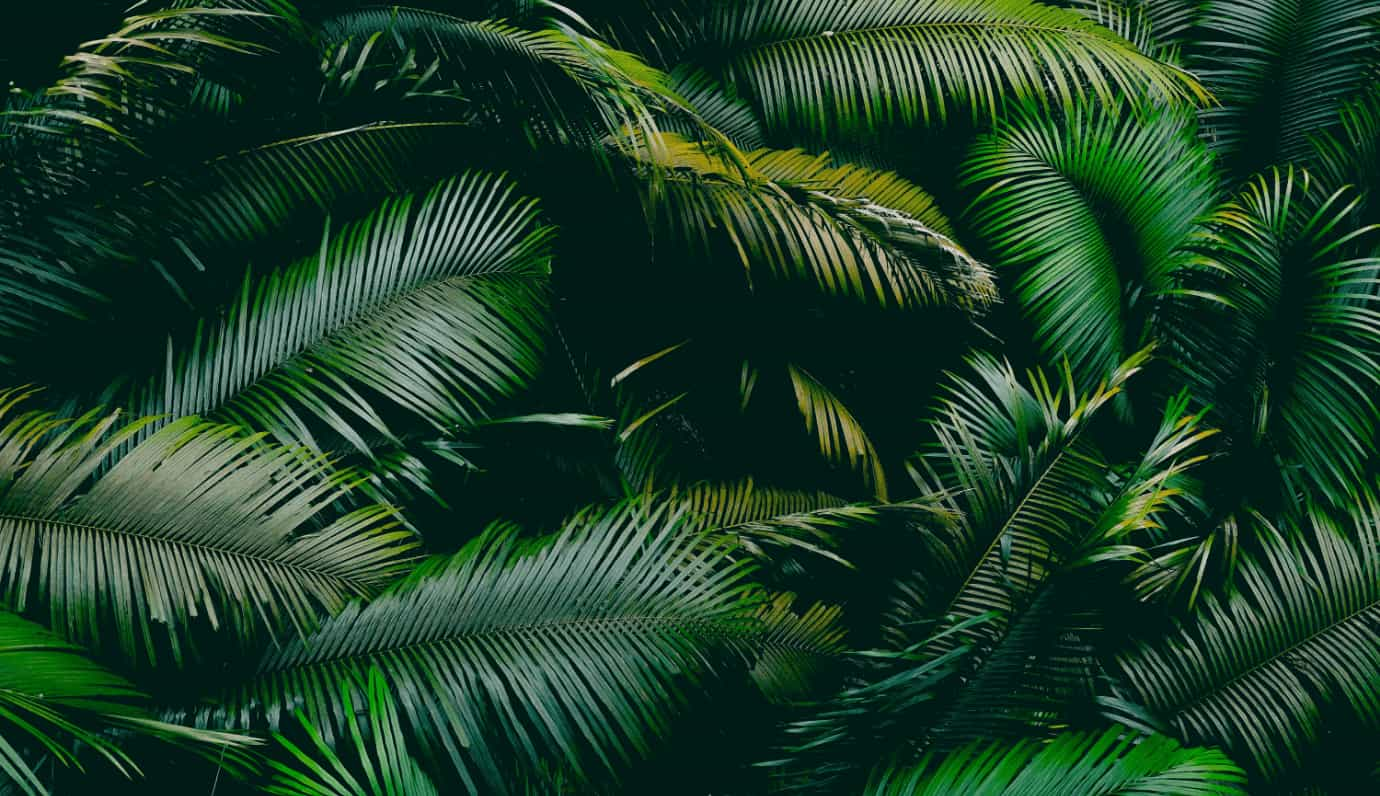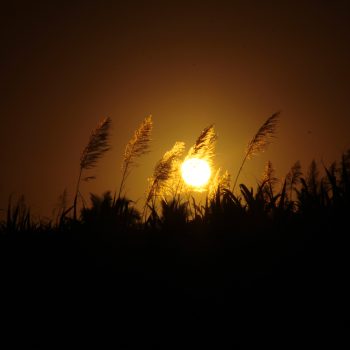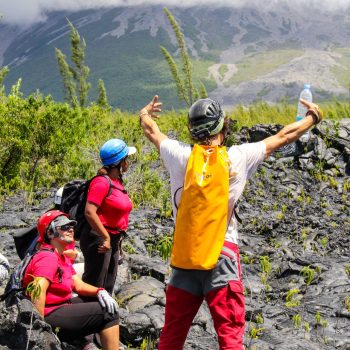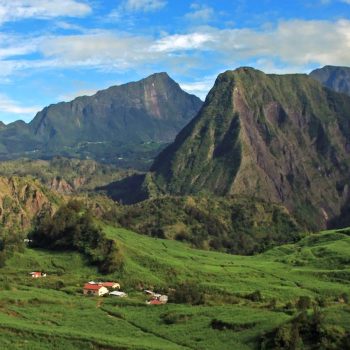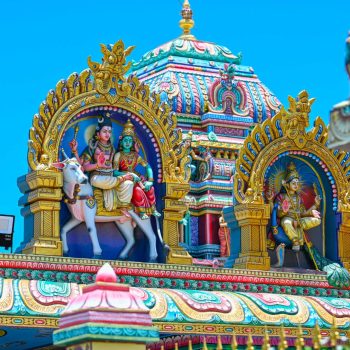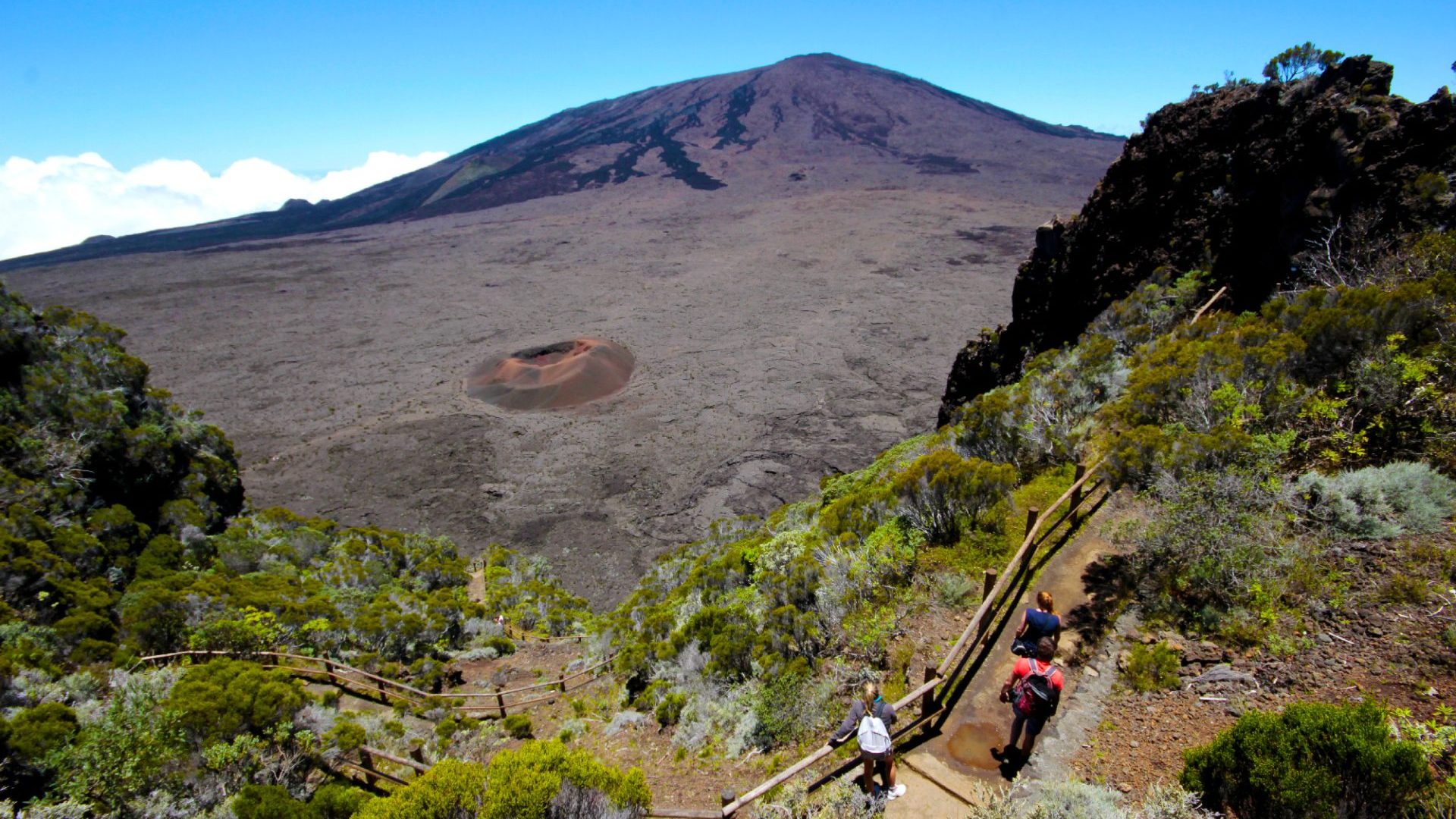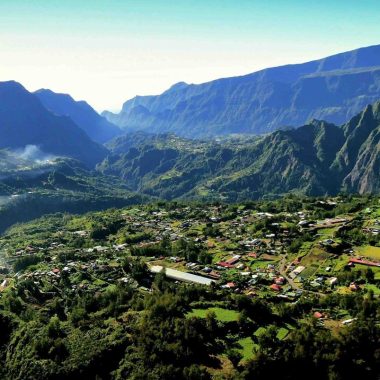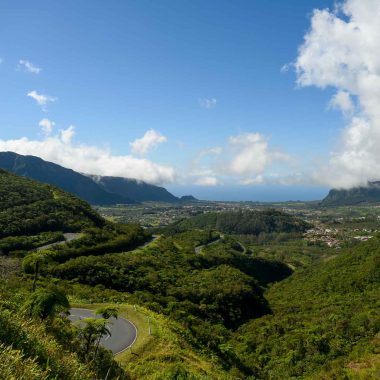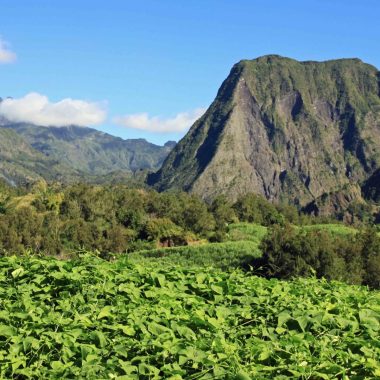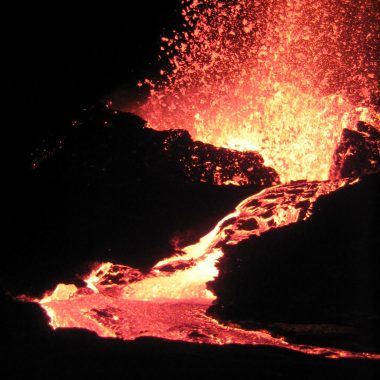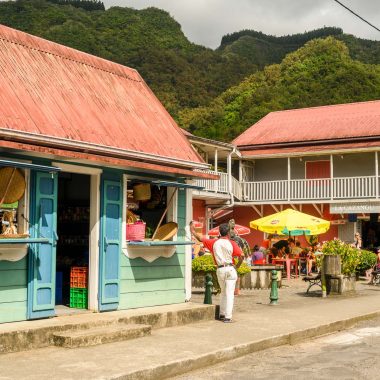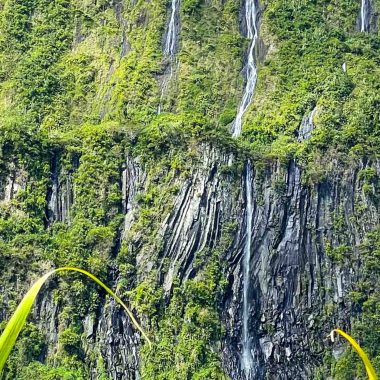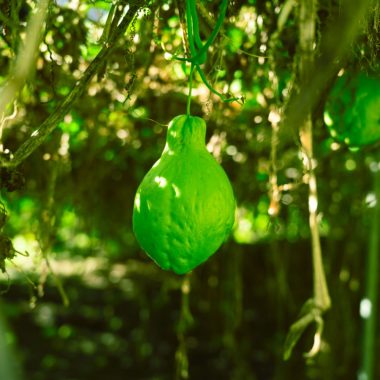Since 2010, the Pitons, Cirques and Ramparts of Reunion Island have been included on the list of natural World Heritage properties. This label is a pledge of protection of plant, animal and mineral heritage.
Pitons, Cirques and Ramparts
The Pitons
In Reunion, we call Piton any cone, summit, mountain… The term has even passed into the Creole language! And they are everywhere. You just have to remember that, normally, a peak is the result of an eruptive cone, or of a volcano for the most famous ones, Piton de La Fournaise and Le Piton des Neiges.
Le Volcano du Piton de la Fournaise (among the most active in the world) and its Lunar Plain.
It culminates at 2 meters above sea level. Since the first observations made around 632, the Piton de la Fournaise has recorded 1650 eruptions.
Some eruptions
- In 1977, near the village of Piton Sainte-rose which was partly destroyed. This eruption still marks the spirits today because the lava cut the village in 2 and bypassed theChurch of Piton Sainte-Rose.
- In 1986 near the village of Tremblet in St. Philip where 8 houses were destroyed.
- In 2007, with rare intensity, millions of cubic meters poured into the sea. It is called “the eruption of the century”.
- On January 31, 2017, an eruption was triggered at Piton de la Fournaise for the first time this year and will last 27 days. Further eruptions in May and July 2017 will be recorded.
Circuses
For circuses, it's a bit the same, the term has been “creolized”! Indeed, in geography, cirques are of glacial origin. In Reunion, they are the results of collapses on the sides of a volcano, in this case the Piton des Neiges, which had spat so much that the top crust collapsed under the weight of the lava on the surface. Erosion has completed the job. A 4-leaf clover is therefore drawn in the middle of the island. In a last effort, the volcano filled one of them to leave us only those which will be presented just after.
- Le Circus of Mafate, Circus of Salazie and Circus of Cilaos represent the 3 circuses on theReunion Island. Mafate is marked by the presence of large aligned vertiginous ridges.
- Cilaos dug in the southwest of the Peak of the Snows.
- Salazia is the most accessible circus of the three. This circus offers a grandiose spectacle with countless waterfalls on the side of the vertical ramparts.
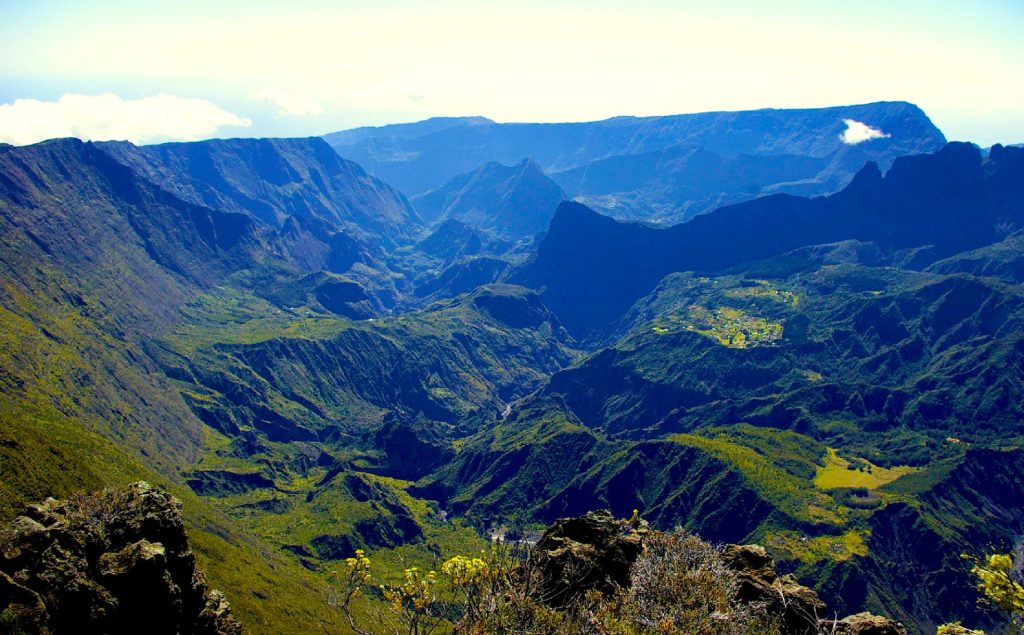
Le Circus of Salazie is fully registered in World Heritage by UNESCO.
This town is known among other things for its thermal activity in Hell-Bourg, sources discovered in 1831 at Bras-Sec.
Le Bridal Veil, Piton d'Anchaing (1352 m) are as many remarkable sites as there are legends to tell.
Between Salazie village, Hell-Bourg and Grand Ilet, you will have the possibility of accessing many hiking departures for the whole family, alone or with friends.
Salazie is also known for the Scrunchie (Chayotte or Christophine), perennial plant of the Cucurbitaceae family, cultivated for its edible fruit but also for its stem called “brède chouchou”.
Les Remparts
Finally, the ramparts! last particularity which earned us the inscription on the World Heritage of Humanity. The ramparts usually designate a construction made by men. In Reunion, it is simply the cliffs created by mass collapses and in one piece, sometimes so straight that one has the impression that they were made according to a rule. I won't cite any ramparts, they are everywhere!

